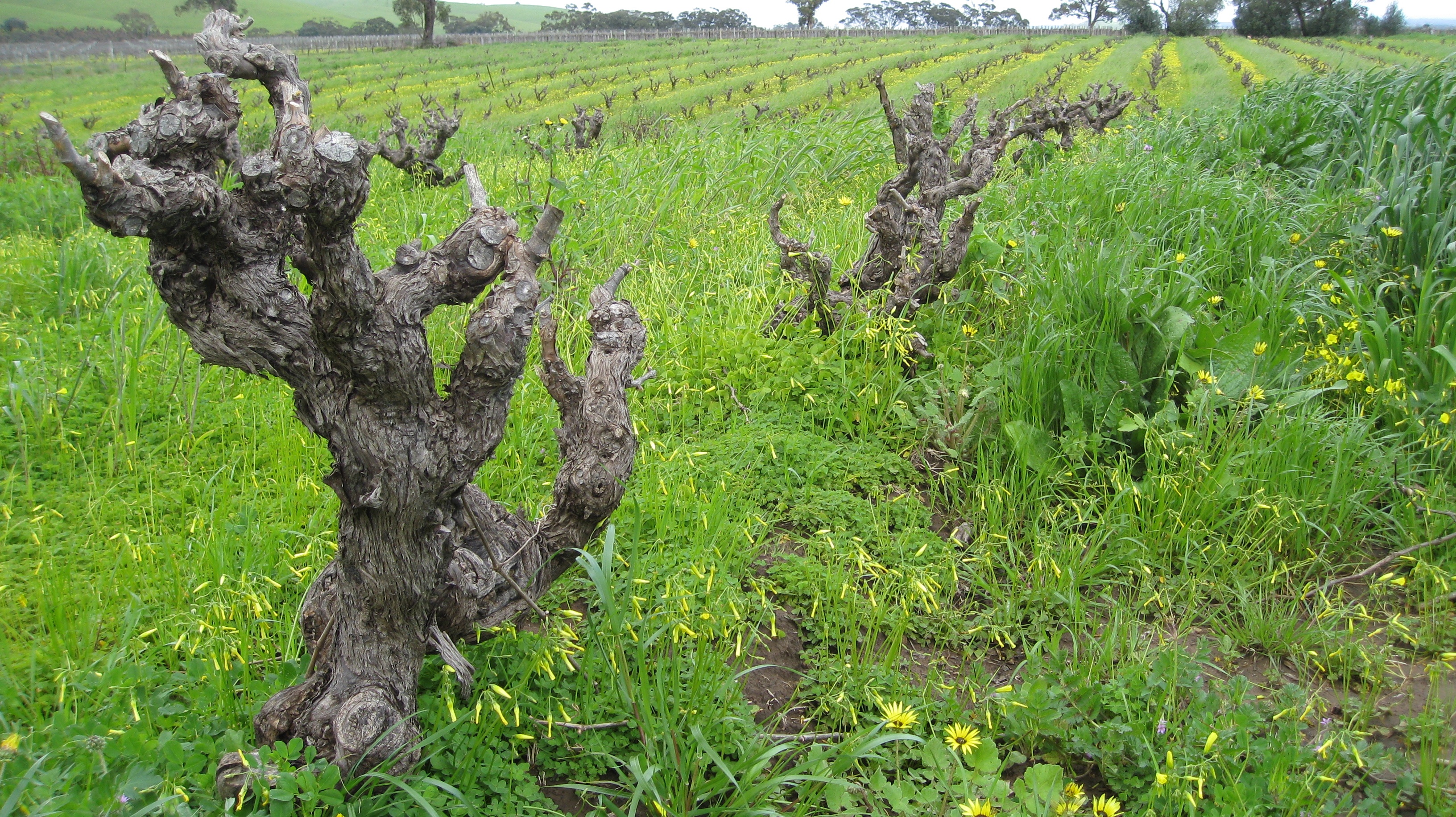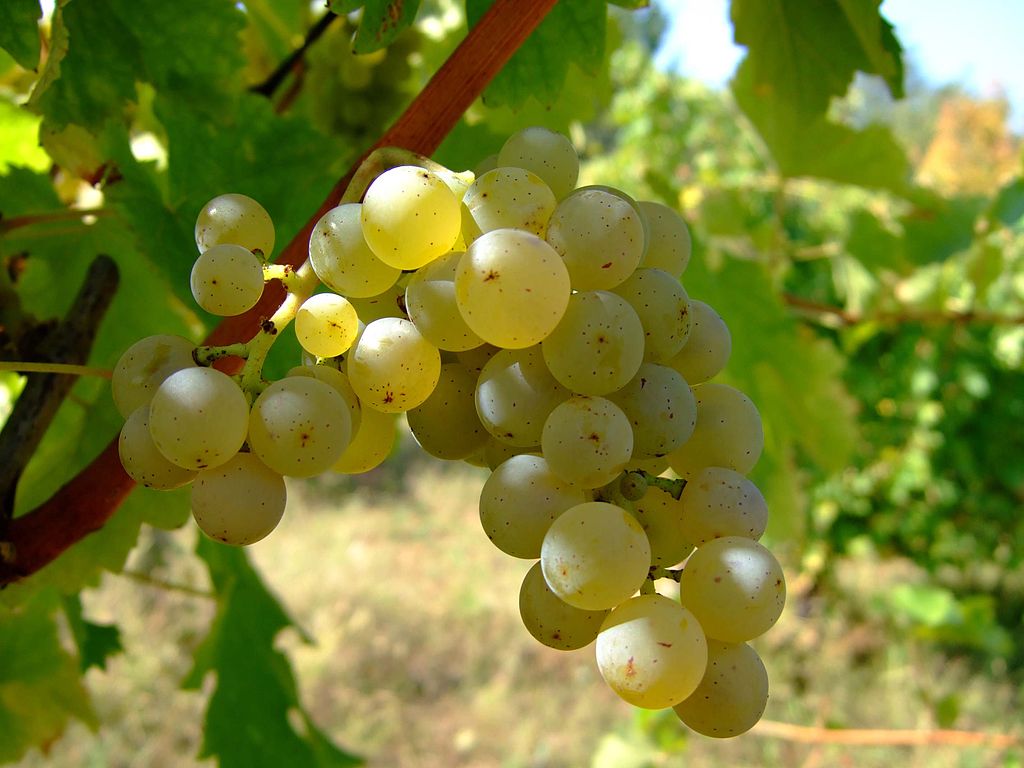
90-year-old Grenache Vines
The vine that produces wine grapes is native to only one place on earth—the Caucasus mountain range, an area that today is comprised of parts of Georgia, Armenia, and eastern Turkey. Without exception, all the varieties of vitis vinifera (the true wine vine’s botanical name) we know today are descended from these original vines.
Some very few of these varieties are well-known the world over, but there are hundreds you would never encounter unless you went and paid them a visit in their native habitats. Romania, Bulgaria, and Hungary, for example, have rich patrimonies of hyper local grapes—many we’ve never heard of and some ampelographers (experts in the study and classification of cultivated varieties of grape) have yet to document.
What about the world travelers we call international varietals? Their names are familiar to almost everyone no matter how casual a drinker. Any short list would have to include Cabernet Sauvignon, Merlot, Syrah, Chardonnay, Riesling, Pinot Noir, and at this point maybe Tempranillo, Sangiovese, and Nebbiolo as well.
These grapes all came of age in Europe but are now planted far afield, in Australia, New Zealand, Chile, and of course the United States.

Sauvignon Blanc Grapes
There are lots of ways one variety gets uprooted and transported far from home. Probably the greatest grape immigration in history occurred when Europeans colonized the New World. One of the very first things these intrepid interlopers did everywhere they landed was plant vines. Of course they would have done this with vinestock brought from the Old World for the purpose.
Wars and the migration of various ethnic groups have played roles, too. Then, in the 20th century, a tribe of peripatetic consulting enologists (so-called flying winemakers) brought both vine material and skills from their home vineyards wherever they went. Enology (also oenology) refers to the science and study of all aspects of wine and winemaking except vine-growing and grape-harvesting, which form a subfield called viticulture.
What makes it possible for a grape to make the leap from local hero to international celeb? Well, a vine has to show itself to be hardy and adaptive. If it can only make a successful wine on its native ground, it’s not likely to be a smashing hit in new territories.
Also, to build a global reputation, a grape has to be capable of making wine with which mass-market consumers can connect. Malbec is a fine example of this. It’s a relatively obscure red grape from southwestern France that became a star in its own right in Argentina, where the conditions were right for it to make an unusually ripe, cushy wine with soft, sweet tannins.
Today, an allegiance to either international or indigenous varietals divides the wine world, with consumers of well-known commercial brands preferring the former and nests of geekier types devoted to the stay-at-homes and hoping they stay that way. Count me among the latter.
Author - Stephen Meuse is a senior wine buyer at Formaggio Kitchen Cambridge.

